2016 Land Rover Range Rover SV Autobiography

| The Good: – Stylish inside and out – Cabin space and features – Power, ride and handling |
The Bad: – Very, very expensive – Outdated multimedia screens – Side-steps are not standard |
No matter who else tries to compete in the premium SUV class, the Range Rover will always remain the top dog in the segment. Rivals from Lexus to Mercedes-Benz pale in comparison to the Range Rover’s perfect mix of unique style, onroad prowess and offroad capability, while the likes of BMW and Porsche are afraid to even throw their hat into the ring when it comes to full-size SUVs. Even extreme dealer mark-ups and a reputation for finicky reliability have failed to put a dent in the order books, to the point where we haven’t even been able to test-drive one since its launch in 2013, as they are always supposedly sold out. However, Land Rover’s local office finally got a variant of the Range Rover on their test fleet, and it just happened to be the flagship version of their flagship model — the Range Rover SV Autobiography.
The SV Autobiography seems to be part of Land Rover’s plan to stay at the top when it comes to luxury SUVs, just as pricier new rivals from Bentley and Rolls-Royce are coming into play. As such, this special model, based on the long-wheelbase Range Rover, comes with all sorts of trimmings that go above and beyond even the regular well-equipped Vogues; the SV Autobiography being identifiable by its plasti-chrome exterior add-ons, and unique 21-inch wheels, although the car can be customised in any number of ways.
Oddly enough, while power-retractable side-steps are optional, our test car did not have them (or they were not working), so it was a chore to step in and out of the SUV even at the lowest air-suspension setting, and an epic struggle for my pregnant-at-the-time wife. Other options that our car didn’t have include two-tone paint and a slide-out wooden tray in the boot.

Inside, it’s leather from top to bottom, much in the vein of Bentleys and Rolls-Royces. The clean interior design continues to impress, with padded-leather dash and door panels tastefully cut in with dark wood panels and metallic trim. We own the previous-gen Vogue so we’re used to opulent interiors, but this one takes everything up by several pegs. About the only thing that distracts from the ambience are the outdated graphics on the central LCD as well as the two rear-seat screens.
Indeed, while the 8-inch touchscreen is perfectly functional in terms of clarity and usage, the graphics look like something out of the 90s. While we would be perfectly happy with this in, say, an entry-level Jaguar, it is unacceptable when you’re paying almost twice as much as a base Range Rover, and Mercedes-Benz offers fancy full-colour animations (which is about the only area where Mercedes-Benz beats the Rover). However, we did like party tricks such as the dual-view mode, where the driver and the passenger see two different things on the same screen, and there are indeed a full set of features such as navigation, Bluetooth phone and audio, a banging stereo with USB/AUX ports and four parking cameras that offer up rear as well as an overhead surround-view. The only problem with that last one is that the car always appears bigger than the parking space on-screen, making it hard to park in tight spaces anyway if you solely depend on it.
Other items include a strong 4-zone a/c, powered split-opening tailgate, adaptive xenon with LED running lamps and tails, smart key with start button, and an unusual feature where the car turns itself off automatically if you park and open the seatbelt.
Space up front is great, with wide-open seats that can power-adjust every which way. In terms of storage spaces, there’s two gloveboxes, pockets and small storage compartments in the doors, and several hideaway cup-holders. Out back, the boot space is great both in height and length, but no more than in a regular Vogue.
The rear compartment is where all the extra work went. Aside from the immense legroom thanks to the stretched wheelbase, the SV model further splits up the rear into two reclining seats with foot rests and massage features. The central console also houses some complicated motorised trays that fold out, and there’s a cooler that presumably holds wine bottles and glasses, if you’re the drinking-in-the-car kind.

Powered by the top version of the company’s 5.0-litre supercharged V8, the SV Autobiography makes a solid 550 hp at 6000 rpm as well as 680 Nm of torque at 3500 rpm. Combined with the smooth 8-speed automatic, intelligent all-wheel-drive and an all-aluminium structure, our tester did the 0-100 kph sprint in 6.0 seconds during our May test, not quite as quick as the Range Rover Sport SVR with which the SV Autobiography shares its engine. Part of this is due to the long-wheelbase Rangie’s extra weight, and partly due to it softer tuning. For example, while any Range Rover Sport feels jumpy at low speeds due to too much torque, the throttle pedal has been damped on the SV for a smoother drive, so there is none of that annoying jerkiness.
It burns petrol at a rate of 18.5 litres/100 km, and that’s with a casual right foot. With tons of power available at any given moment, there isn’t any real need to ever bury the throttle on the daily drive. But when you do, you will give those hard-riding G-Wagens a run for their money.
Oddly enough, torque-vectoring is available on smaller Range Rover models but not in the flagship. However, with active roll-control and excellent air-suspension tuning, the big SV takes corners as if it were simply a big sedan. While it still rides softly, some jarring bumps on the road can be felt thanks to those 275/45 low-profile tyres. However, body roll is minimal and grip limits are pretty high. The electrically-assisted steering is generally light, but has a bit of heft at speed, is respectably accurate with a bit of feedback, so one can still drive it pretty quickly. The four-wheel discs provide respectable stopping power, and brake-pedal feel is linear but still on the light side, although better than older-generation Range Rovers.
Frankly, the dynamics are excellent, considering it is a big 4×4 that actually retains some semblance of offroad ability, while still being smooth and quiet on the highway, with only a mild hush and the occasional engine growl at highway speeds. In the city, it is a bit of a pain to park, but there is an automated parallel-parking feature if you wish to trust it.
The long-wheelbase Range Rover comes with everything needed to be a proper offroader, with height-adjustable suspension, electronically-locking centre and rear diffs, hill-descent control and an all-wheel-drive system backed up by proper low-range gearing, as well as a terrain-management system that includes “sand” and “rock” modes, among others. Once lifted at the touch of a button, ground clearance and wheel articulation aren’t a problem. The issue is that it isn’t particularly safe for your wallet to take it offroad. The low-profile tyres and open-spoke wheels will dig into the sand rather easily, while the length between the axles will make it a candidate for getting beached on top of a dune. Having signed our lives away when we took the keys to this car, we elected not to try our luck on the sand, but in theory, if you do hit the desert, just stay on the power and keep moving smoothly, while being careful not to apply too much power, and choosing routes that don’t involve steep dunes.
The SV Autobiography is a showcase of what the ultimate luxury SUV could be, buy a brand that intends to stay at the top its game in the face of crossover pretenders and dressed-up work trucks. But to be honest, if you want to ride in the back of a car all day, just get a Maybach. The real pleasure of Range Rover ownership can only be felt from behind the wheel, and with our money, we’d pick a regular-wheelbase Vogue, just as we did with the older model.
| Price Range: Dh 800,000-900,000 Current Model Introduced in: Body Styles: Engines: Transmissions: Setup: Suspension: |
Brakes: Front: discs Rear: discs Curb Weight: Length: Wheelbase: Top Speed: Test Acceleration 0-100 kph: Observed Test Fuel Economy: |
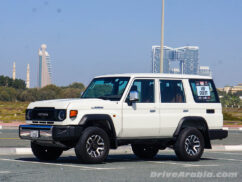
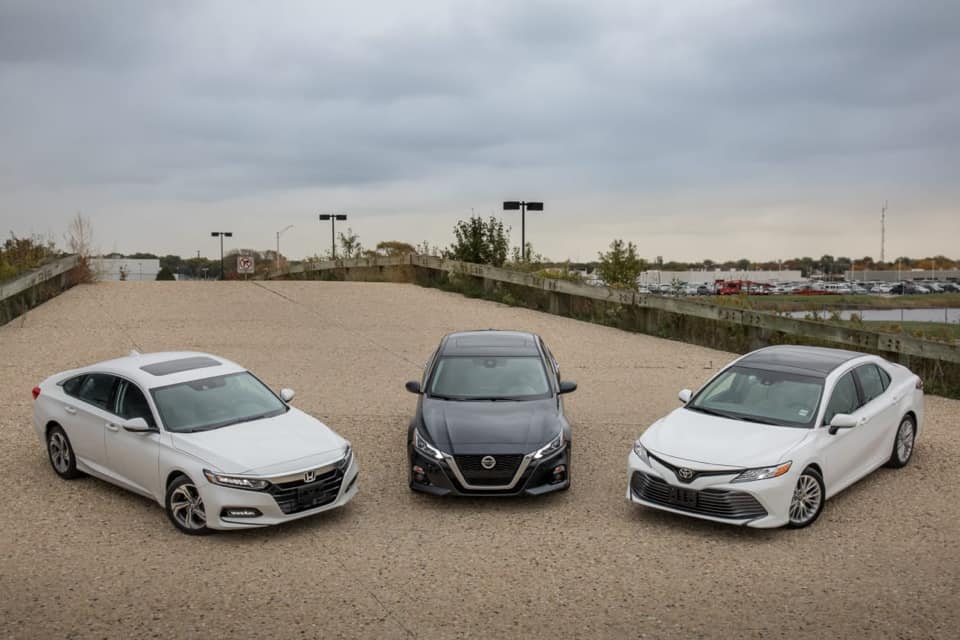
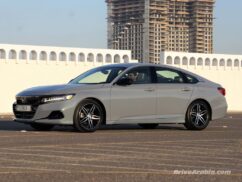
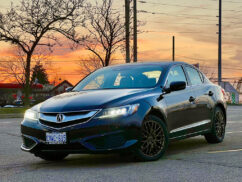
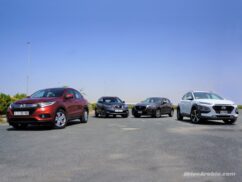
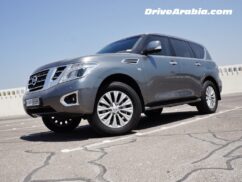
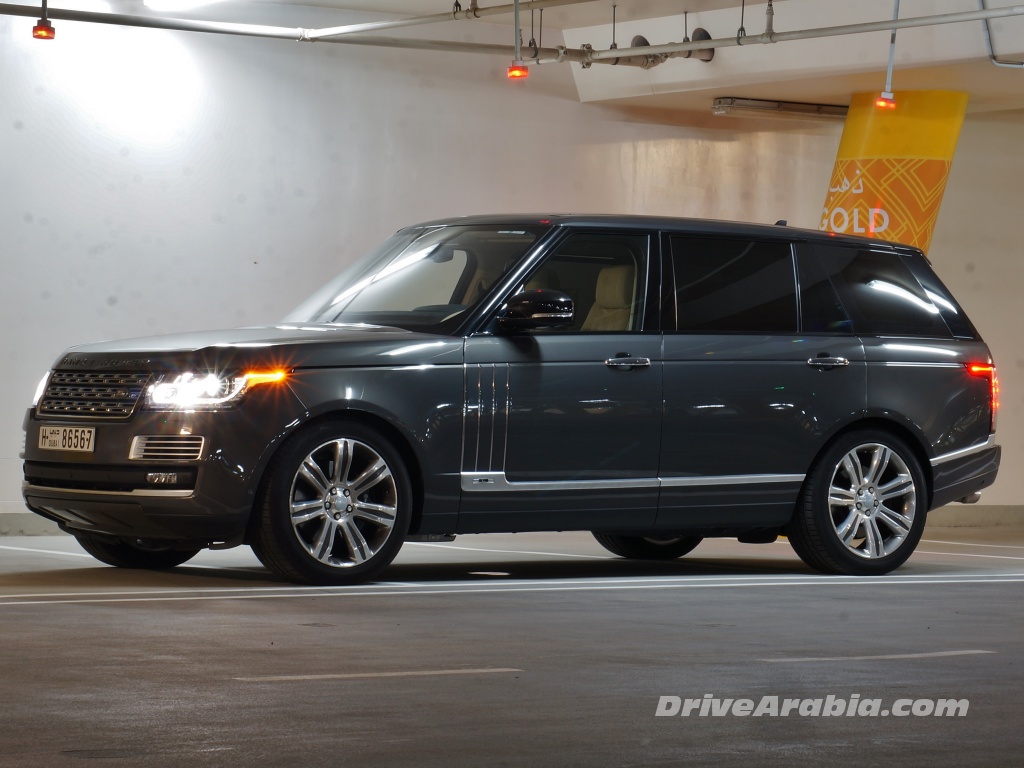
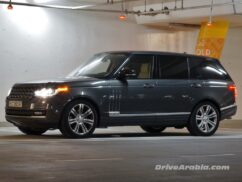
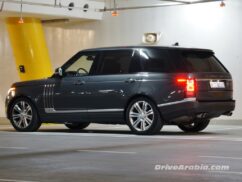
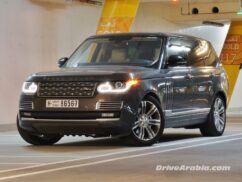
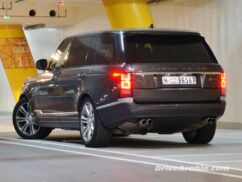
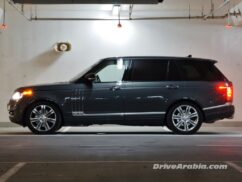
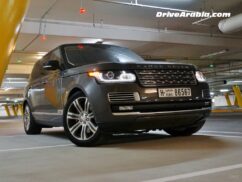
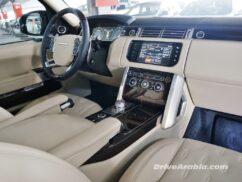
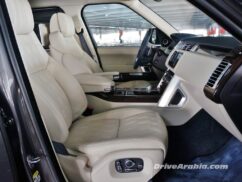
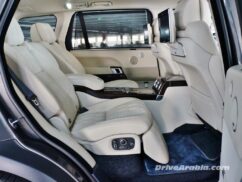
Comments
Farhan Syed
Very, very expensive.
Sting 316
Is the G class more expensive?
Mashfique Hussain Chowdhury
Roughly the same with dealer mark-ups, but not even close to worth the money.